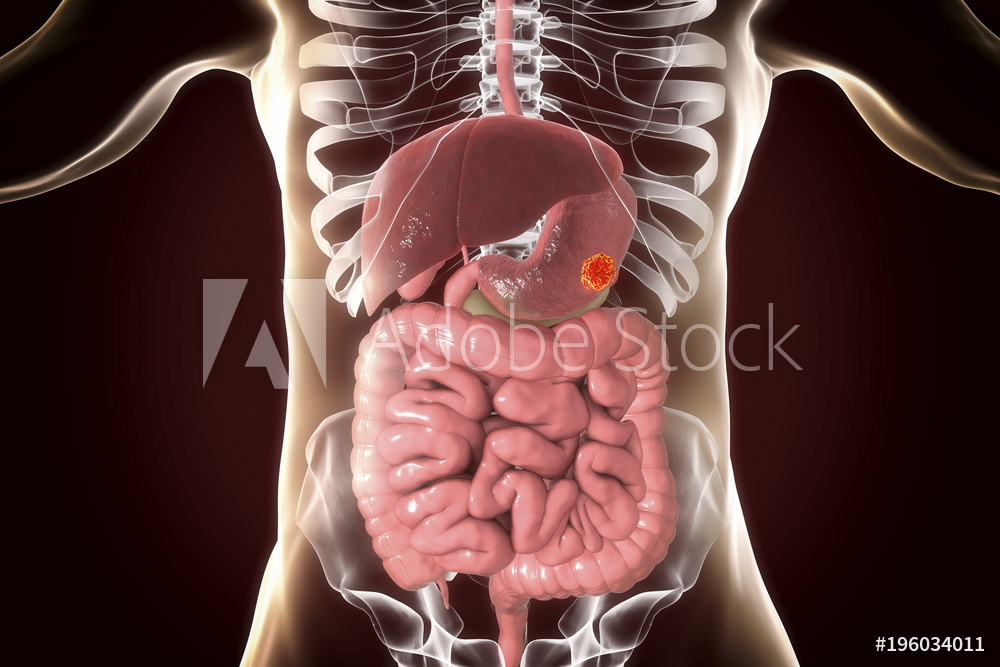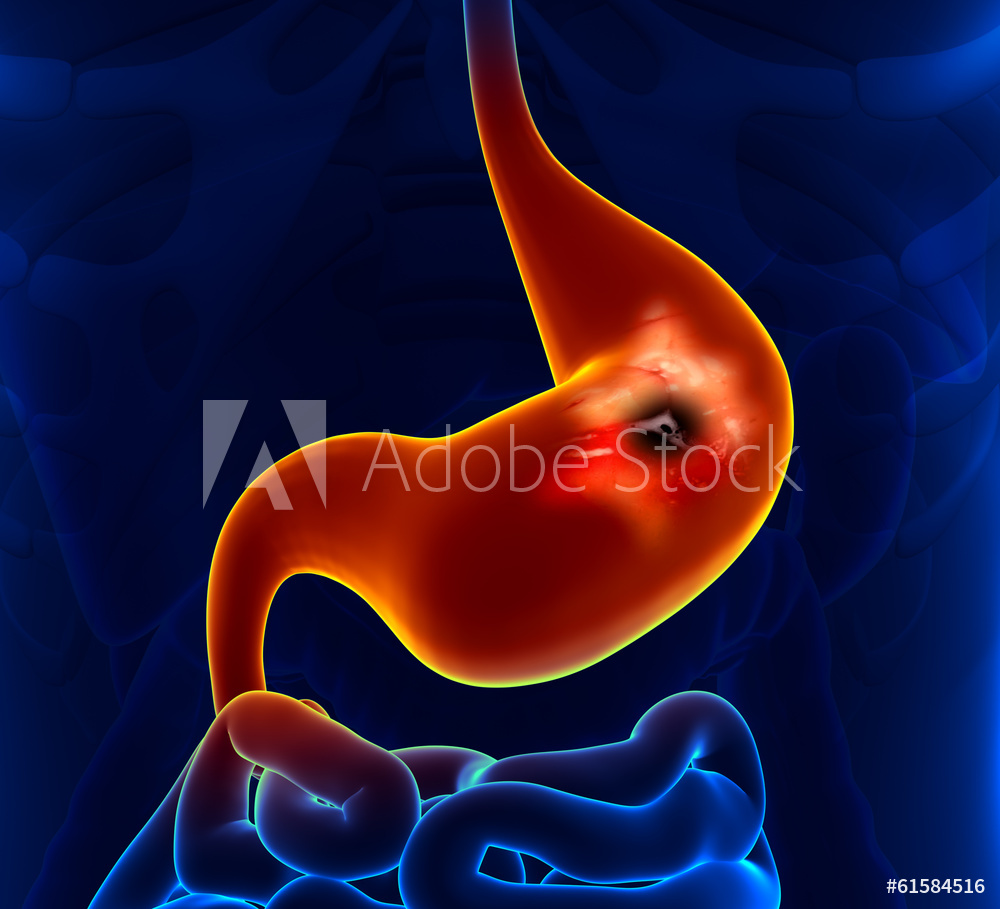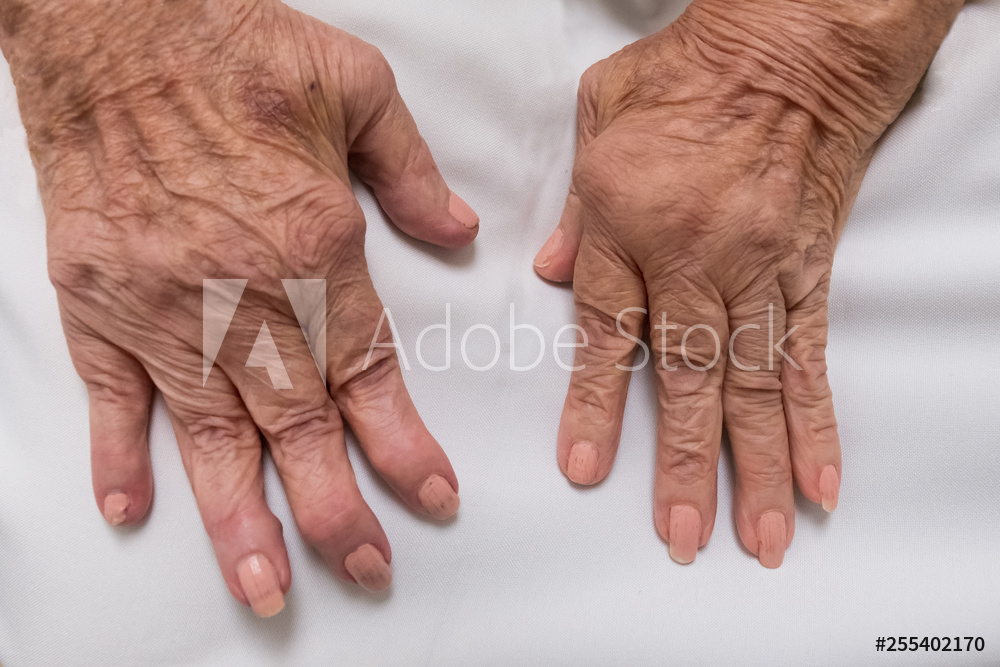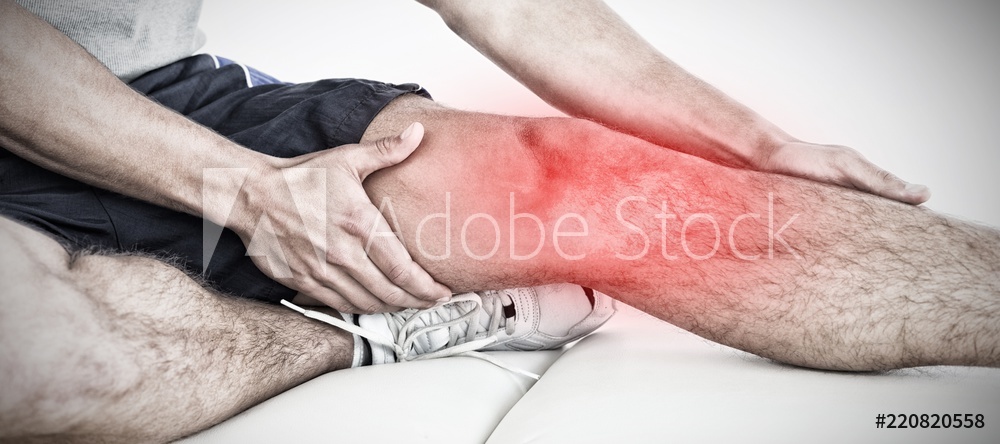The 29th chapter of Madhava Nidana deals with Hrdroga Nidanam i.e., Diseases of the heart. Heart disease describes a range of conditions that affect the heart.
Chapter 27 — Udavartadi Nidanam
The 27th chapter of Madhava Nidana deals with Udavartadi Nidanam which is Reverse Peristalsis and the like. When the wave-like muscle contractions of peristalsis move backward instead of forward, it’s called retroperistalsis, antiperistalsis or reverse peristalsis. This is what happens when your vomiting reflex is triggered.
Chapter 28 — Gulma Nidana
The 28th Chapter of Madhava Nidana is Gulma nidana which deals with Abdominal Tumors. An abdominal mass is an abnormal growth in the abdomen. An abdominal mass causes visible swelling and may change the shape of the abdomen. A person with an abdominal mass may notice weight gain and symptoms such as abdominal discomfort, pain, and bloating.
Chapter 26 – Shula, Parinama Shula, Annadrava shula
The 26th chapter of Madhava Nidana deals with Shula, Parinama Shula, Annadrava shula which is Colic and Peptic ulcers. Peptic ulcers are open sores that develop on the inside lining of your stomach and the upper portion of your small intestine. The most common symptom of a peptic ulcer is stomach pain.
Chapter 25 — Amavata Nidana
The 25th chapter of Madhava Nidana deals with Amavata Nidana which is the diagnosis of Rheumatism. Rheumatoid arthritis is a chronic inflammatory disorder that can affect more than just your joints. An autoimmune disorder, rheumatoid arthritis occurs when your immune system mistakenly attacks your own body’s tissues.
Chapter 24 — Urustambha Nidanam
The 24th chapter of Madhava Nidana deals with Urustambha i.e., Stiffness of the leg. The most common cause of muscle stiffness is a sprain or strain, which can affect both the muscles and ligaments. A strain is when the muscle fibers are stretched or torn. Strains are particularly common in the legs and lower back. A sprain is when the ligaments have been stretched, twisted, or torn.




